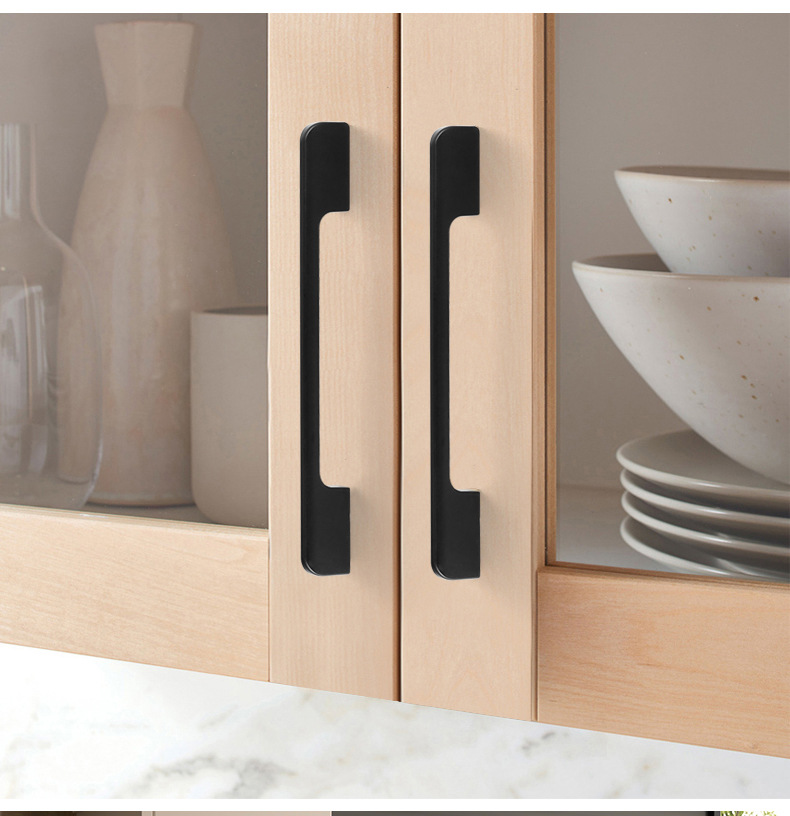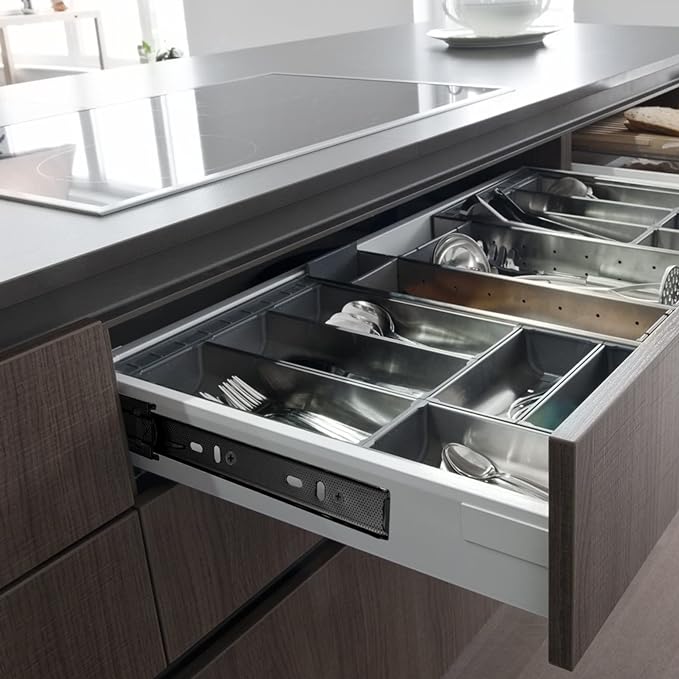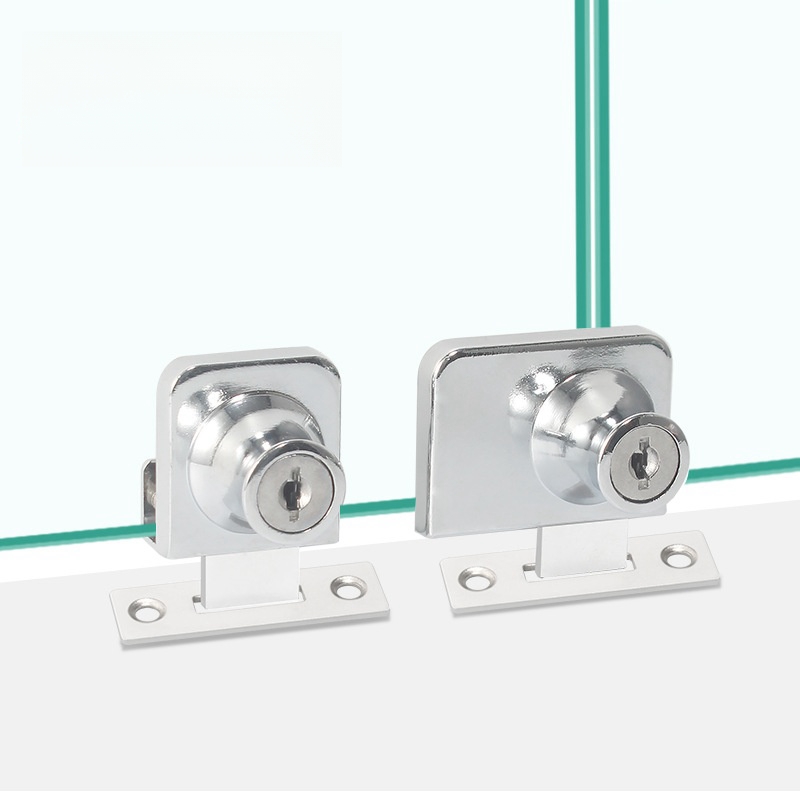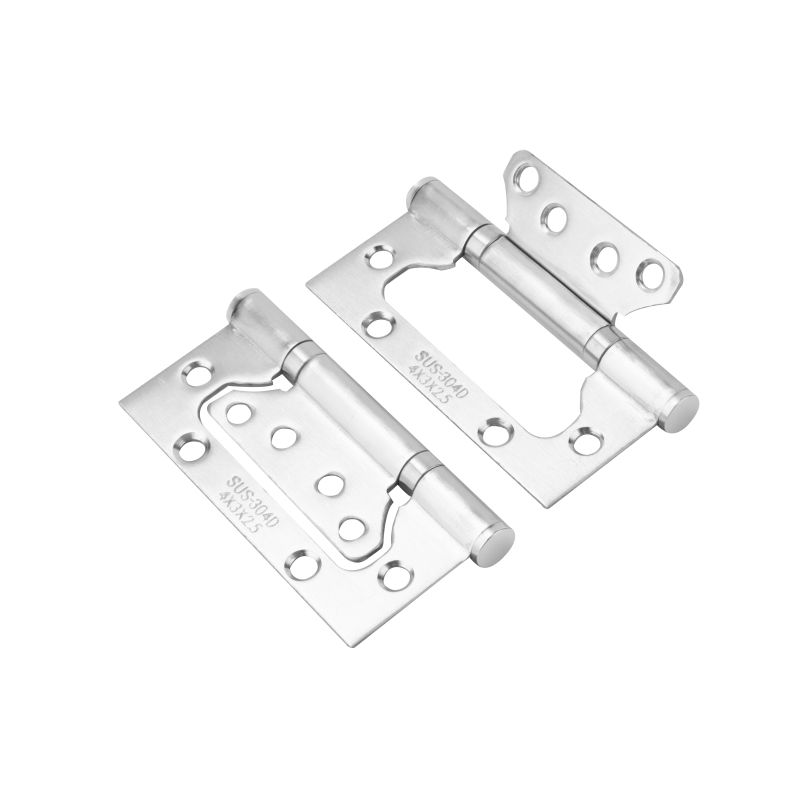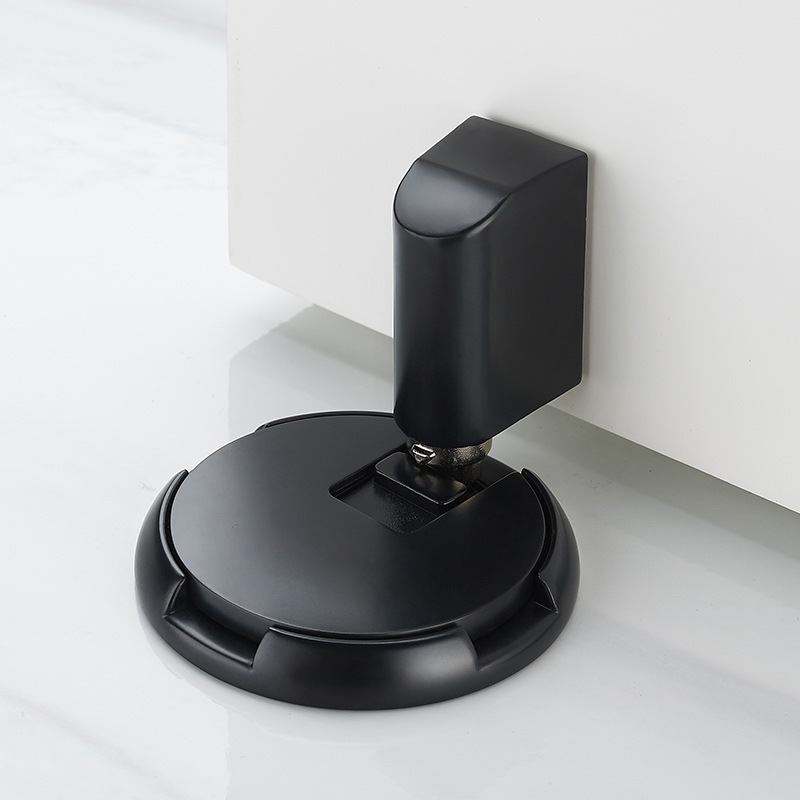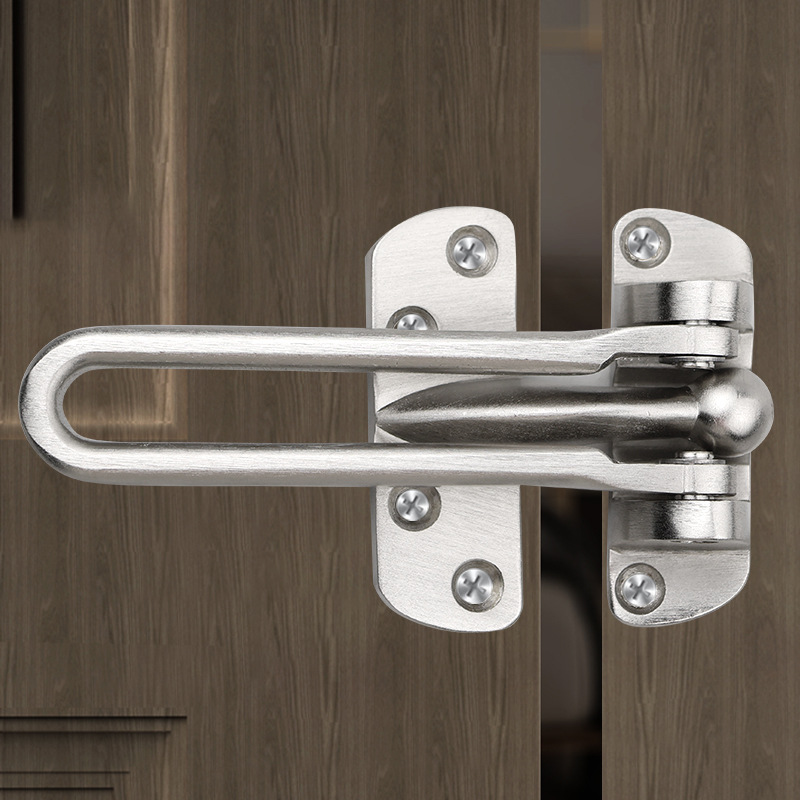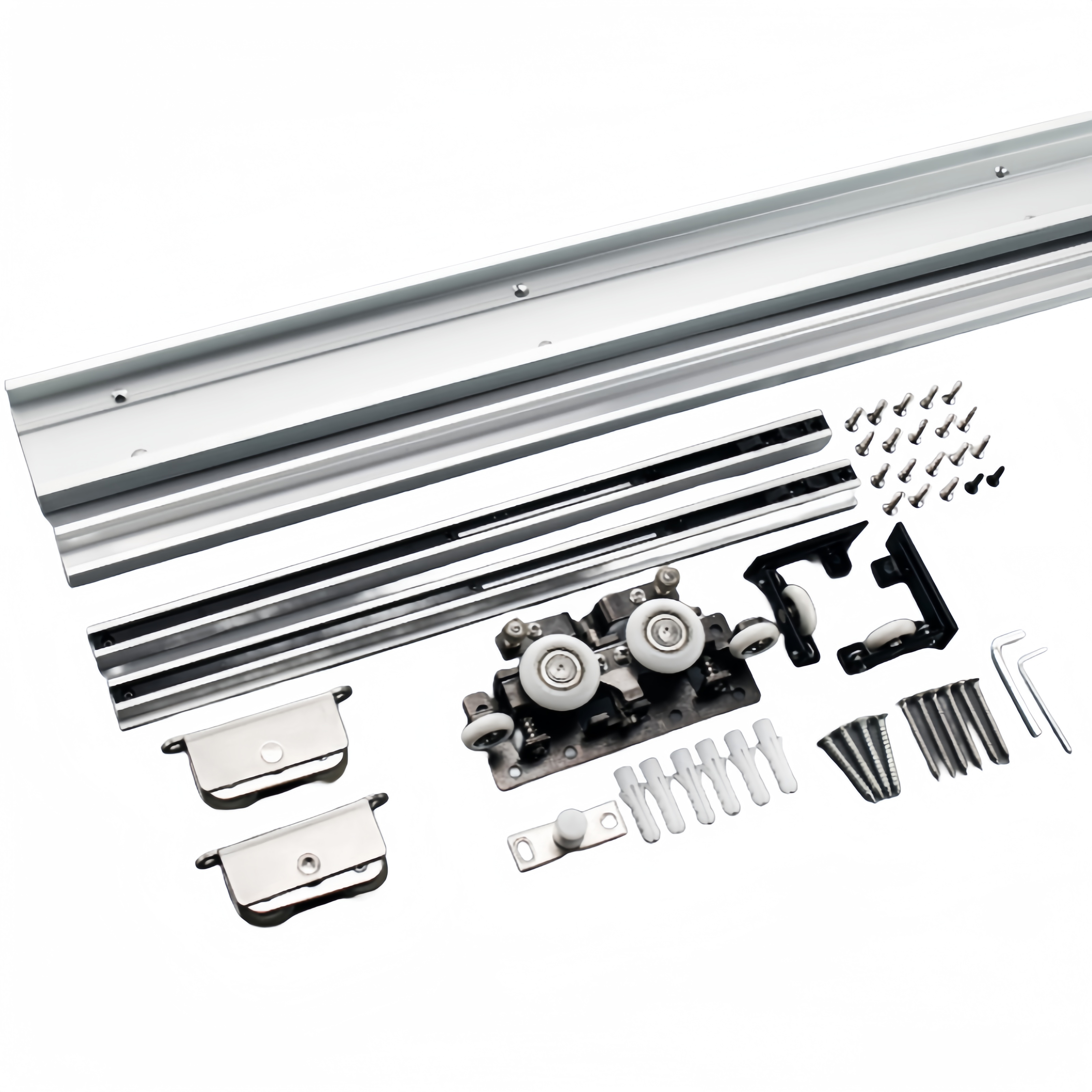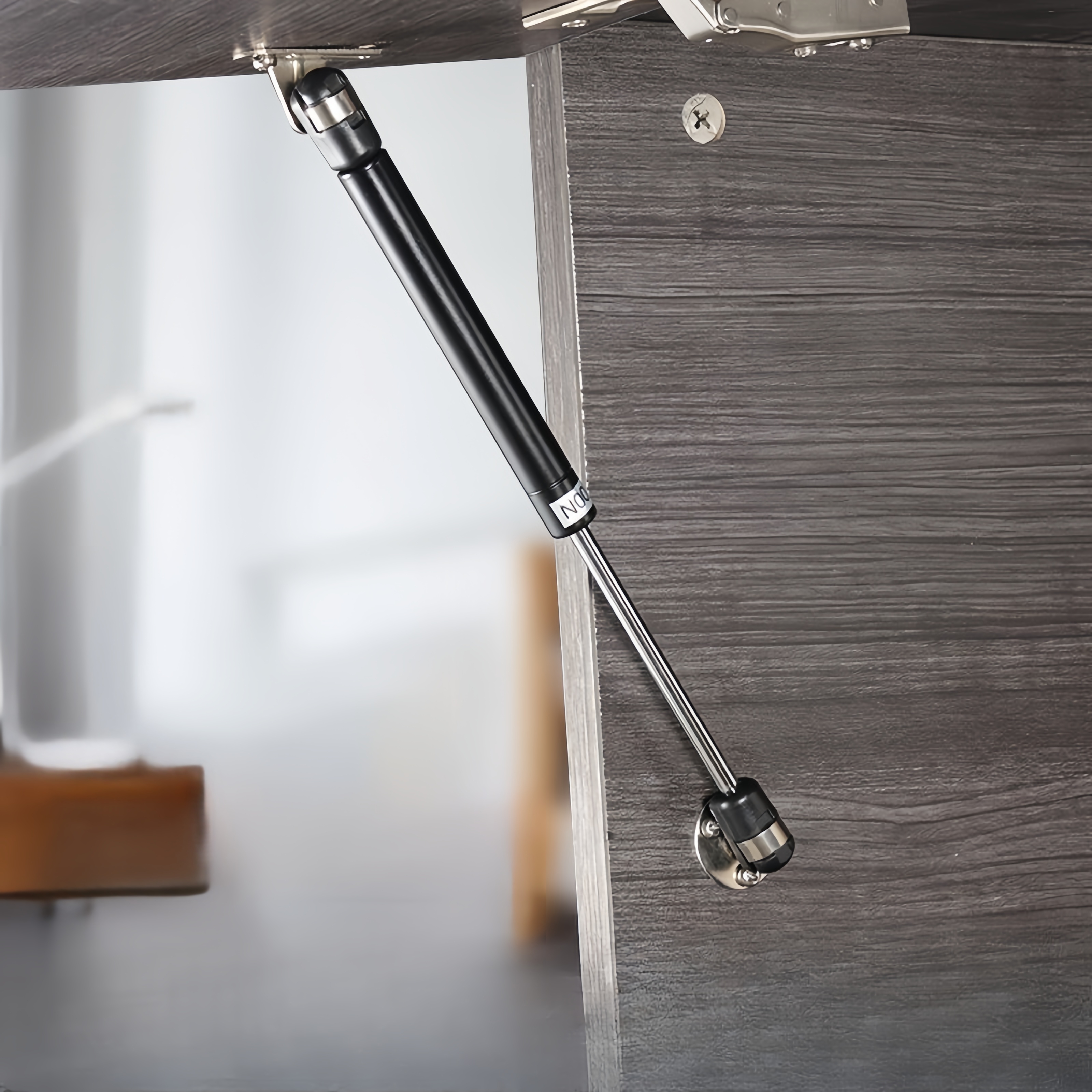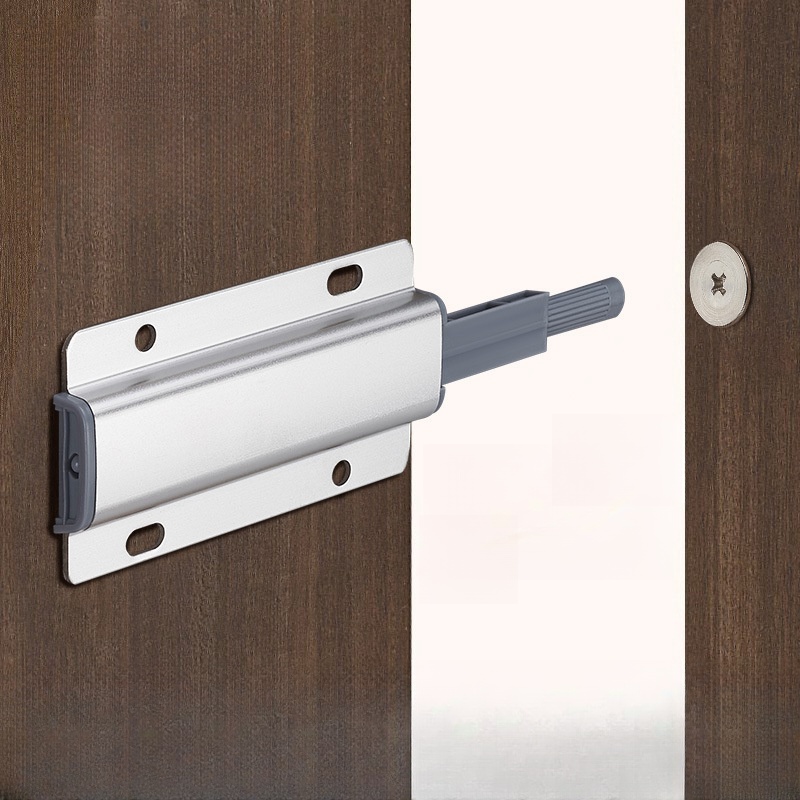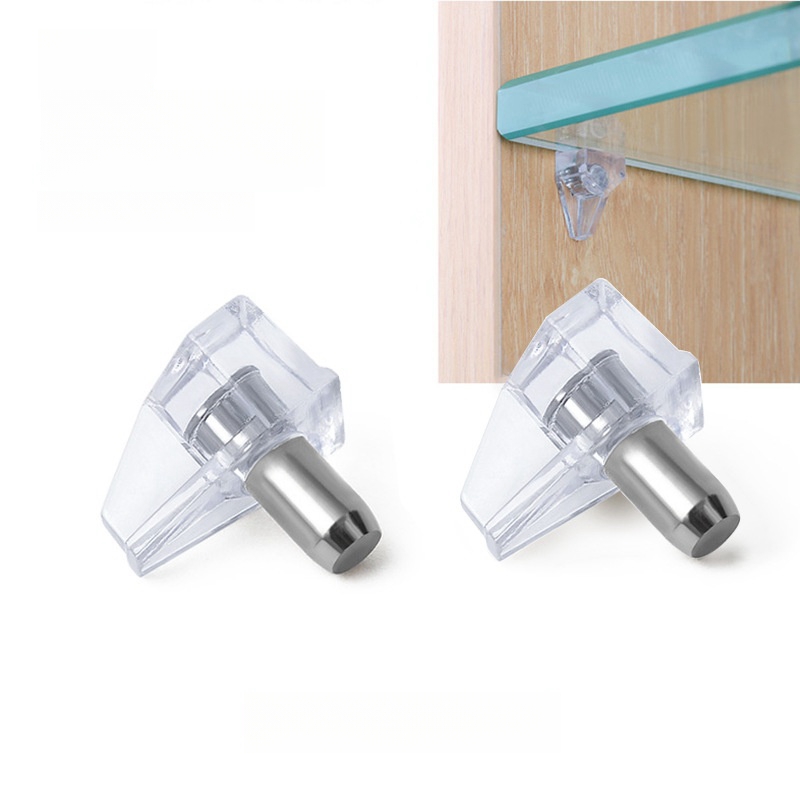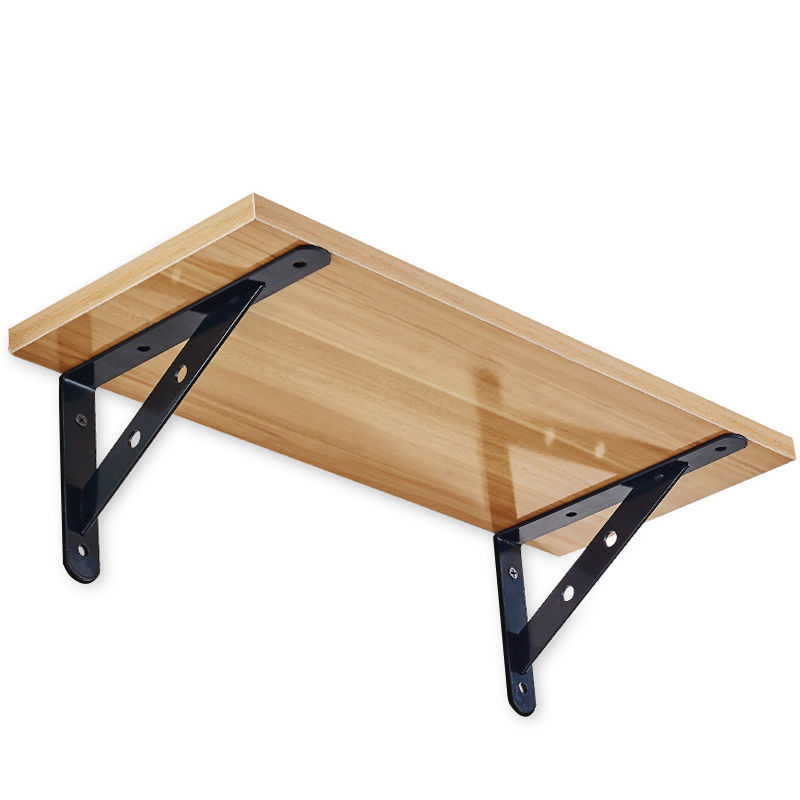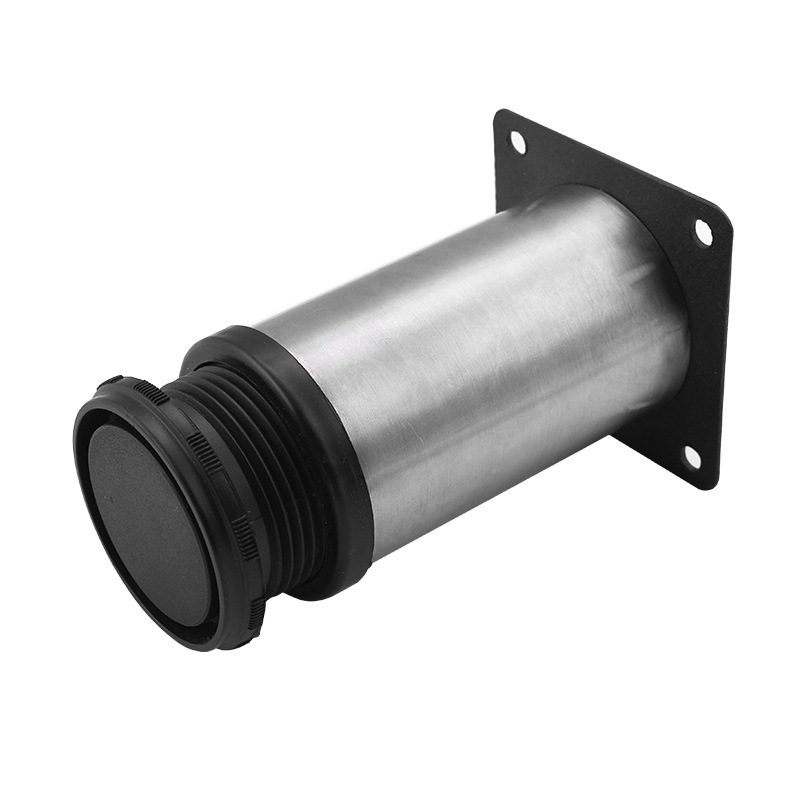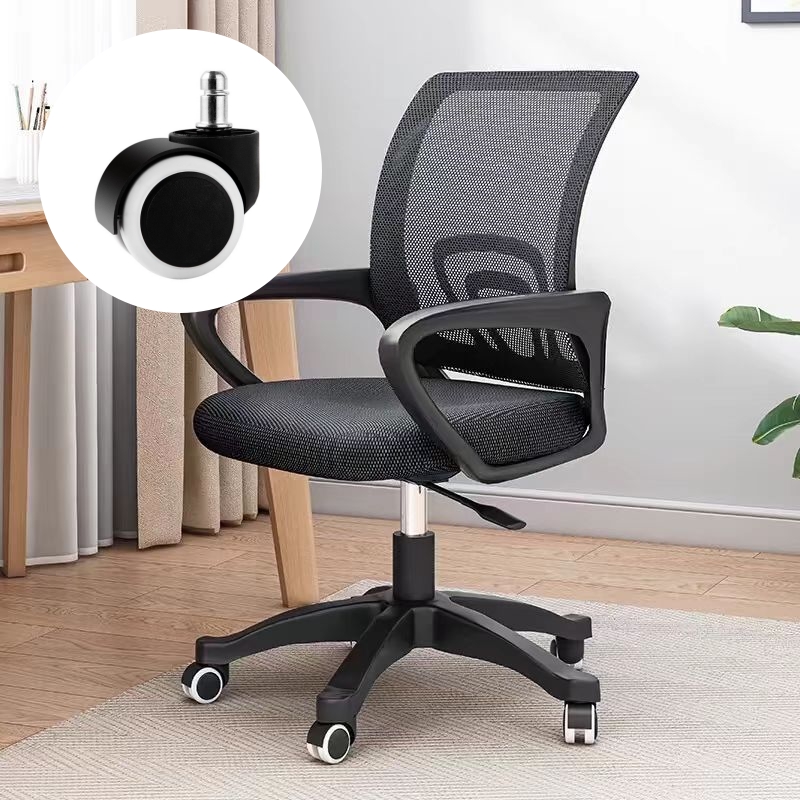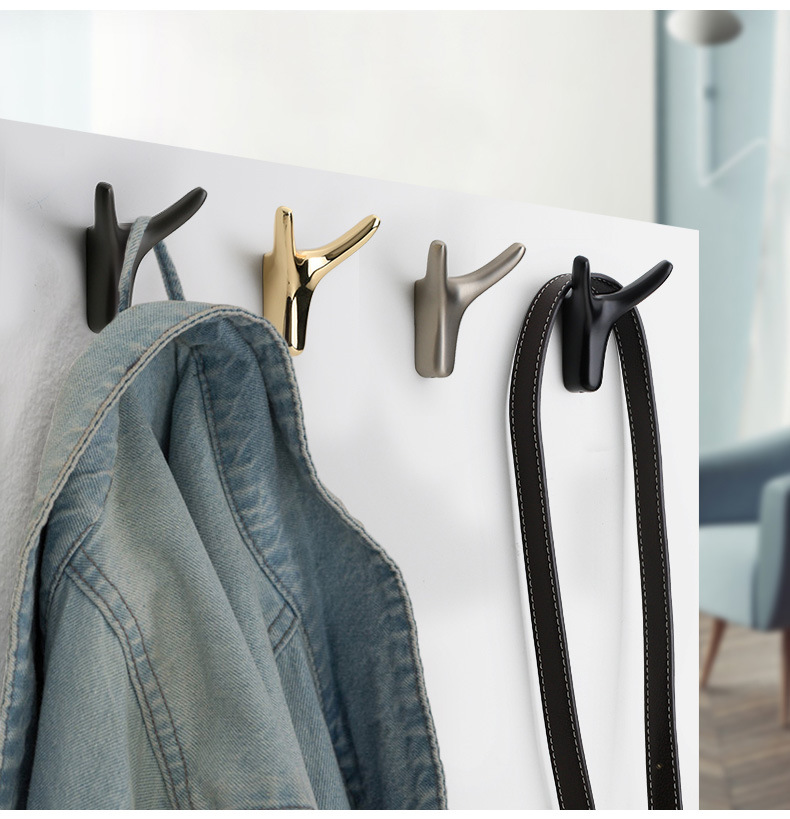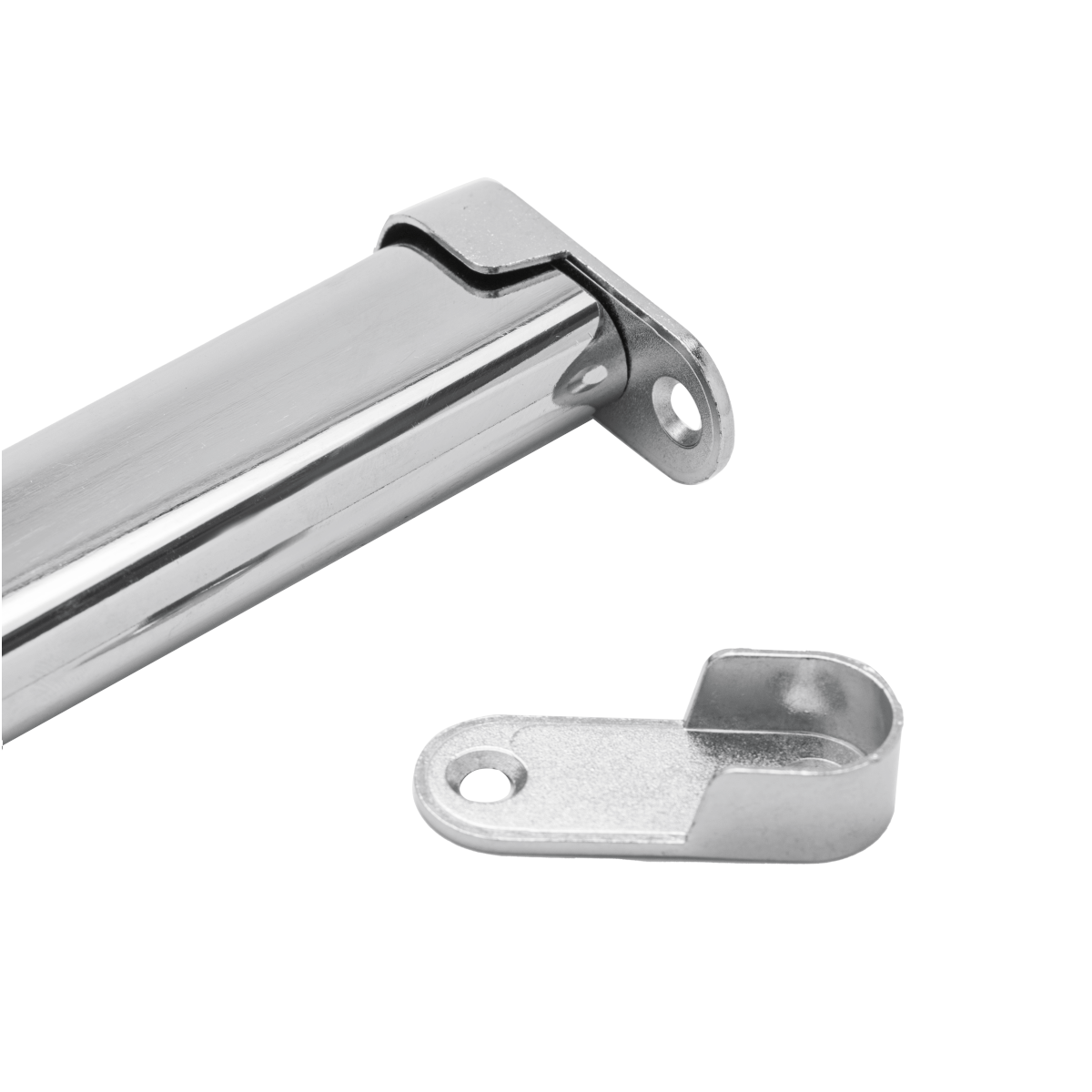
ABOUT
Guangzhou Toplink hardware Co., Ltd specialized in the production and export of furniture hardware fittings, with an experience of more than 14 years.
Our main products are drawer locks, cabinet hinges, sliding rails, cabinet handles, casters, cabinet legs and connecting fittings etc..
With a complete range of products, excellent performance and reasonable prices we have built up business with many customers all over the world.
We are committed to strict quality control and considerate customer service. We sincerely looking forward to becoming your best choice and the most reliable partner!
PRODUCTS
office furniture chair casters
Material Composition: A Foundation for Performance
The material composition of an office chair caster is a primary determinant of its durability, rolling smoothness, and suitability for different floor types. Hard plastic casters, often made from nylon or polyurethane, are common choices due to their affordability and generally satisfactory performance on hard floors like tile or hardwood. Nylon casters are known for their quiet operation, making them ideal for shared office spaces. However, they can struggle with carpeted surfaces, potentially getting stuck or leaving noticeable marks. Polyurethane casters offer a significant upgrade, exhibiting improved rolling resistance and durability while still being relatively quiet.
For superior performance on carpet, softer casters made from rubber or elastomer materials are preferred. These materials effectively absorb shocks and vibrations, resulting in a smoother, quieter rolling experience. However, rubber casters tend to be more prone to wear and tear, particularly in high-traffic areas. The choice between hard and soft casters ultimately hinges on the type of flooring and the desired balance between smoothness, noise level, and longevity. The caster's hardness (measured on the Shore Durometer scale) directly correlates with its durability and rolling resistance.
Furthermore, the core of the caster, often made from metal, is essential for its structural integrity. A strong core ensures the caster can withstand the weight and stress of prolonged use. The material and construction of this core contribute significantly to the overall lifespan of the caster, impacting the longevity of the entire chair. Choosing casters with robust cores is crucial for preventing premature failure and ensuring smooth operation for years to come.
Caster Types and Their Applications
Office chair casters aren't all created equal. They come in a variety of types, each designed to optimize performance on specific floor types and under varying weight loads. The most common type is the single wheel caster, characterized by its simple design and relatively low cost. These are suitable for light-duty use and generally perform well on smooth, hard surfaces. However, they can be less stable than other types, particularly when navigating uneven terrain.
Double wheel casters, on the other hand, offer increased stability and weight capacity. The dual wheels distribute the load more effectively, resulting in smoother movement and improved floor protection. They are a popular choice for heavier chairs and individuals who require enhanced stability. Their enhanced stability makes them better suited for carpeted surfaces or for users who frequently move their chairs quickly.
Stem casters, featuring a stem that inserts directly into the chair's base, provide a sleek and integrated look. They are often found on higher-end chairs and are designed for both functionality and aesthetic appeal. This type of caster offers a compact design and generally boasts smooth rolling performance.
Finally, the choice of the caster's overall diameter is important. Larger diameter casters tend to roll more smoothly over obstacles such as carpet fibers, but may increase the chair's overall height slightly. Smaller diameter casters may be preferred for their more compact design. The appropriate diameter must be chosen based on user preference and the specific environment in which the chair will be used.
Maintaining Your Chair Casters
Regular maintenance of your office chair casters can significantly extend their lifespan and ensure continued smooth operation. Periodic cleaning is crucial, particularly for casters used on carpeted floors. Dust, dirt, and debris can accumulate, interfering with the smooth rolling motion and potentially damaging the casters over time. A simple wipe-down with a damp cloth can effectively remove these contaminants.
For casters that have become sticky or difficult to move, lubrication may be necessary. A small amount of silicone-based lubricant applied to the moving parts can significantly improve their performance. Avoid using oil-based lubricants, as these can attract dust and grime, ultimately hindering the caster's mobility. Regular lubrication should be done as per manufacturer recommendations.
Regular inspection for any signs of wear and tear is equally important. Check for cracks, chips, or excessive wear on the wheel itself or the caster stem. Early detection of such issues can prevent more extensive damage and potential accidents. If any significant damage is observed, replacement of the caster should be considered promptly.
The choice to replace a single faulty caster or all casters at once is often a cost-benefit decision. Replacing just the faulty caster can be more cost-effective in the short term, but replacing all casters simultaneously ensures uniform performance and extends the chair's overall lifespan and stability. The decision should be based on factors such as the extent of the damage, the age of the chair and casters, and the overall budget.
The Impact on Ergonomics and Productivity
The seemingly simple act of moving a chair has a significant impact on workplace ergonomics. Smoothly rolling casters allow for easy repositioning, facilitating changes in posture and reducing strain on the back, neck, and shoulders. This directly impacts user comfort and productivity. A chair that requires excessive force to move can lead to discomfort and fatigue, diminishing the efficiency and focus of the worker.
Furthermore, the noise level generated by casters contributes significantly to the overall work environment. Quiet casters reduce distractions and create a more peaceful atmosphere. This is particularly important in shared office spaces where noise levels can significantly impact concentration and productivity. The subtle difference between a quiet and noisy caster can accumulate over time, having a noticeable impact on the office's overall ambiance.
Ultimately, the selection and maintenance of high-quality office chair casters are investments in both employee well-being and workplace efficiency. Careful consideration of material, type, and maintenance practices contribute significantly to a more comfortable, productive, and ergonomic work environment. The often overlooked office chair caster plays a surprisingly vital role in supporting a healthy and productive workspace.
SUBSCRIBE
INQUIRY
